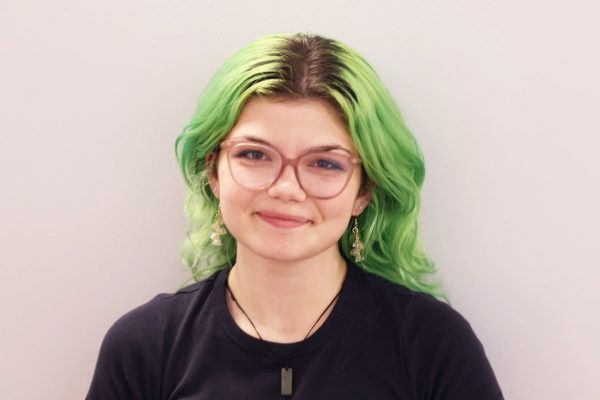In the age of music streaming services and oversaturated media platforms, both artists and audiences seem to crave a different mode of music connectivity.
Music subscriptions have become the default for a number of reasons: they are customizable, more convenient and often cheaper than physical media. They are not the most soulful or personable avenue through which listeners can enjoy music though, and audiences are migrating away from electronic tunes.
Streaming allows listeners to save a large collection of music from various singers and genres, but it has changed the way audiences listen to artists and their discographies. An article by WXPN’s Atticus Deeny on owning music versus streaming it points out how younger generations listen to music through a different lens than previous generations who didn’t have streaming services.
“Many younger listeners have grown up in a world where they may have never seen a physical copy of an album, or possibly even heard a complete project front to back,” Deeny wrote.
Creating playlists containing songs from countless musicians or genres may allow listeners to listen to a wide array of music, but in-depth listening has been on the decline within new generations.
Wayne State communication studies professor Allyn Lueders said she feels streaming can disconnect listeners from not only their own music taste, but also fellow music listeners.
“You don’t get that experience and all those emotions that come from actually being in the room while they’re playing the instrument that you’re hearing,” she said. “Sometimes people need that emotional release for whatever reason.”
Lueders compared streaming music to streaming movies; people can watch any movie they want at home, but not going to a theatre takes away from the movie watching experience.
“You’re missing that in person connection,” she said. “With movies and video games, they can change it after they released the song, after they released the movie. They put more censorship on it because they figured it was better for whatever reason, and you don’t own it enough to stop them from doing that.”
The popularity of alternative music listening such as concerts, small radio stations and physical music like CDs or vinyl records has resurged in recent years because of these algorithms and lack of connection.
SoundStage! Access’s Dennis Burger wrote an article in early November noting whether or not physical media is still relevant. He found vinyl record sales have increased due to demand ramping up the prices, but CD sales have remained steady for years. Turntables and pressed records have not pushed out the portable option just yet though.
“In the first half of 2024, 16.8 million new CDs found homes vs. 16.2 million in the first half of 2023, and revenues amounted to $236.7 million vs. $236 million, an uptick of 3.3% in terms of units moved and just 0.3% in terms of revenue,” he wrote.
Travis Boock, a junior electronic media major at WSC, said he feels physical media can connect listeners with not only their music taste, but also the artists they listen to.
“Especially with vinyl, after so long you have to flip it, clean it, pick up the needle and put it on,” he said. “You have the sleeve and see pictures, and you get a booklet telling you who played what, showing pictures of members and producers.”
Boock said purchasing physical media rewards listeners by introducing them to new music through shout-outs to other bands and listing producers as well as access to hidden tracks and original song edits.
How do audiences break free of streaming services’ personalized chokehold though? An article by MIT Technology Review notes radio DJs could bring back a connection that one-sided platforms strip from listeners without completely turning audiences away from non-physical music.
“When there’s a voice behind the selection of songs, we’re more likely to pay attention,” the article reads. “We’re challenged to consider music from different perspectives, the same way independent radio stations curate to tell a story rather than cater to a demographic.”
Lueders agreed and pointed out radio DJs can provide a positive and personal connection capable of brightening someone’s day through sharing music tastes and holding a make-shift conversation.
“If you listen to the same radio station every morning, wake up with the same person, you start connecting with them,” she said. “You feel like, she said it’s going to be a good day, so maybe I can have a good day.”
Listeners can avoid becoming separate from the environment music creates if they don’t put all their eggs in one basket; conversing with others about music taste and listening to more than just what algorithms tells them to listen to may allow communities to find comfort in music once more.








